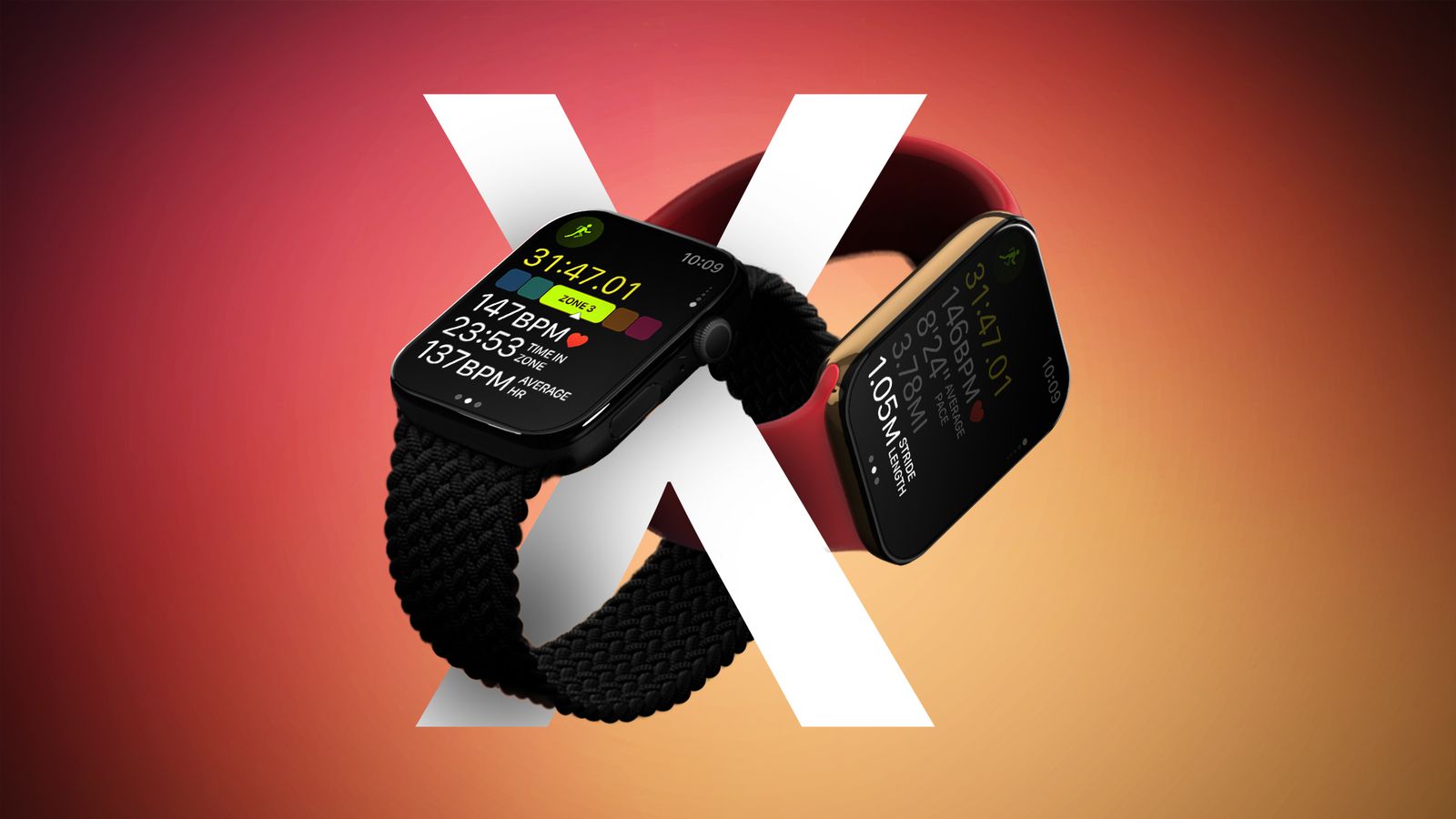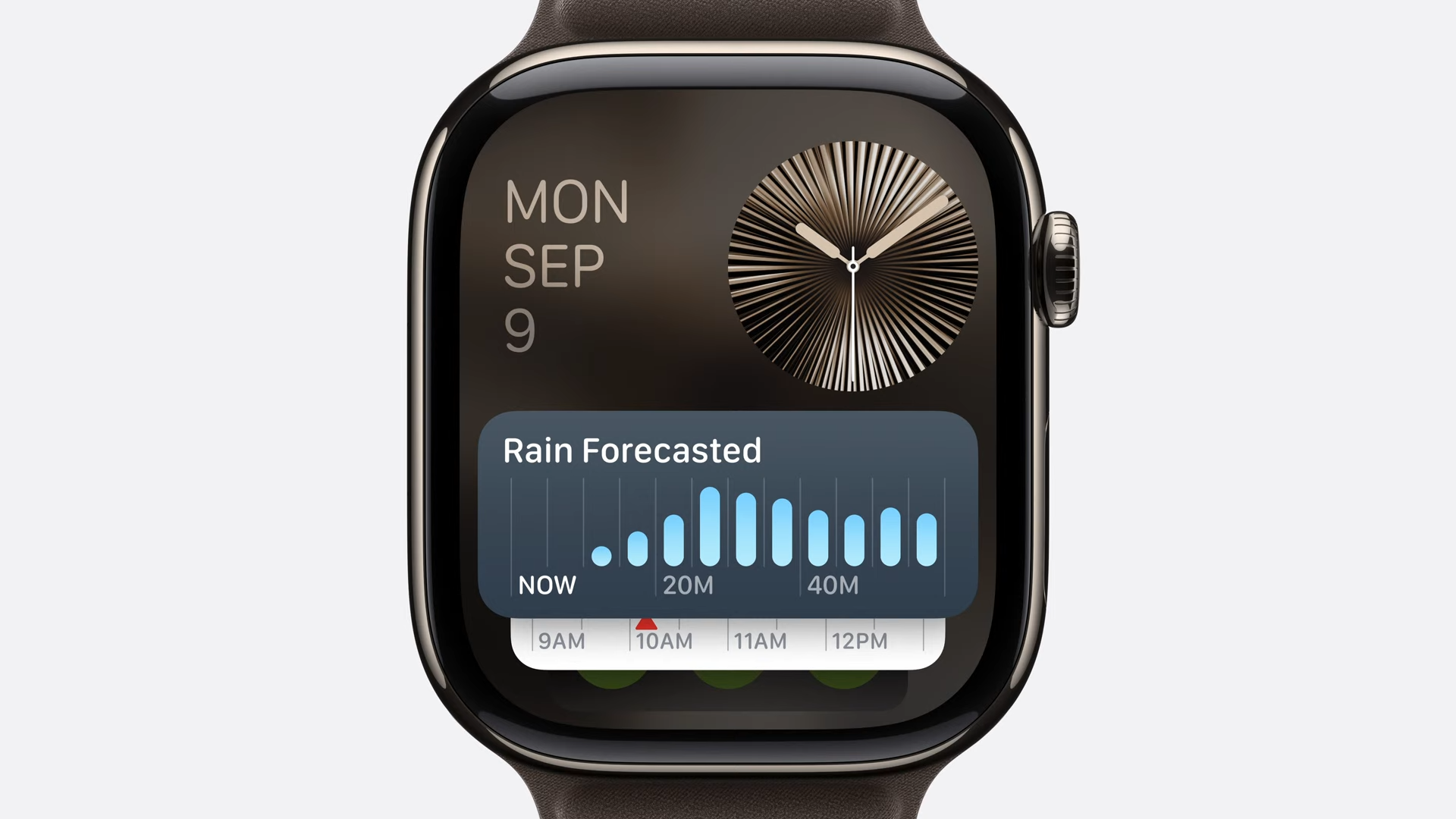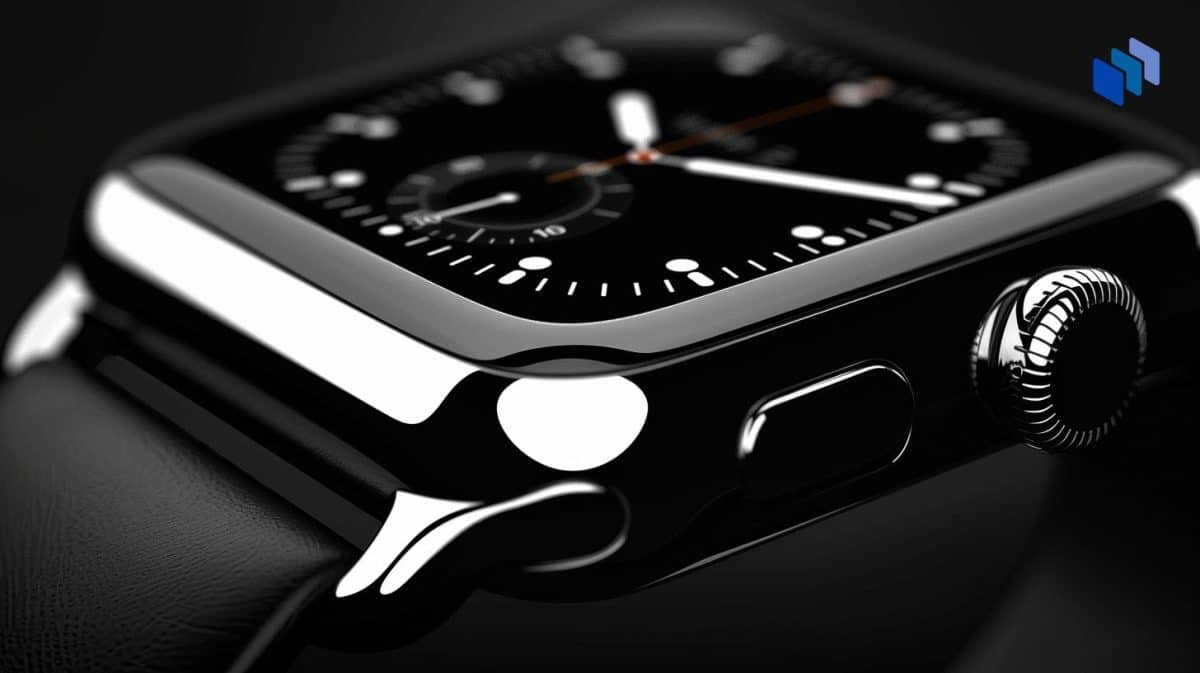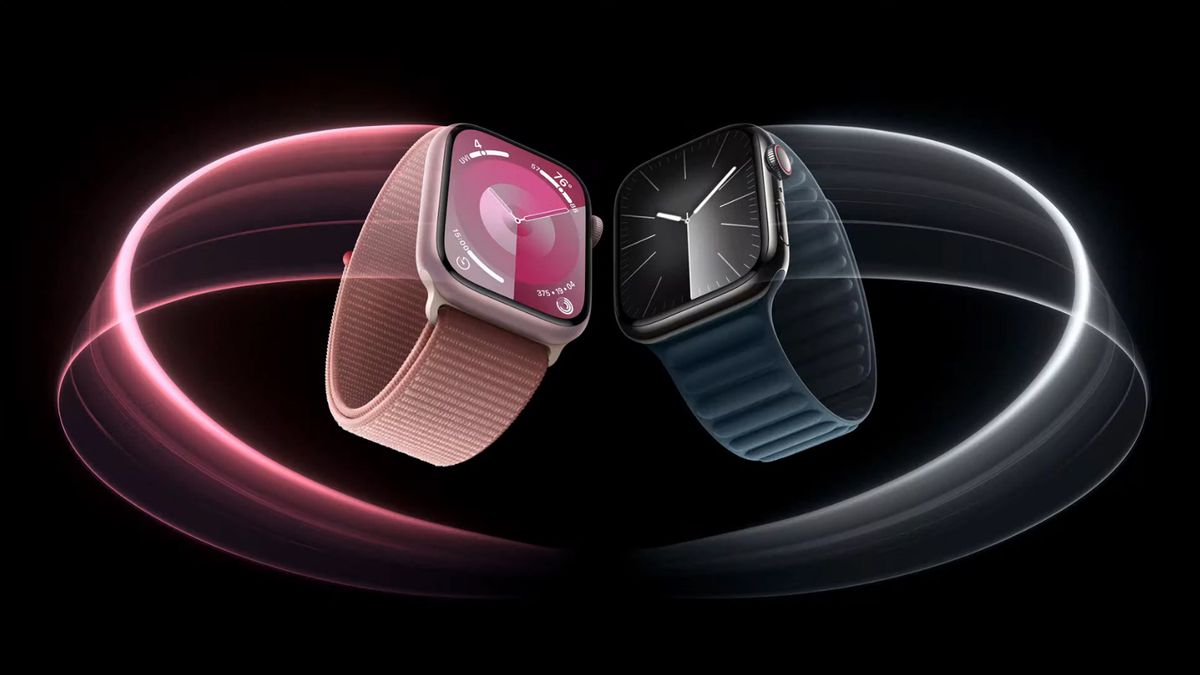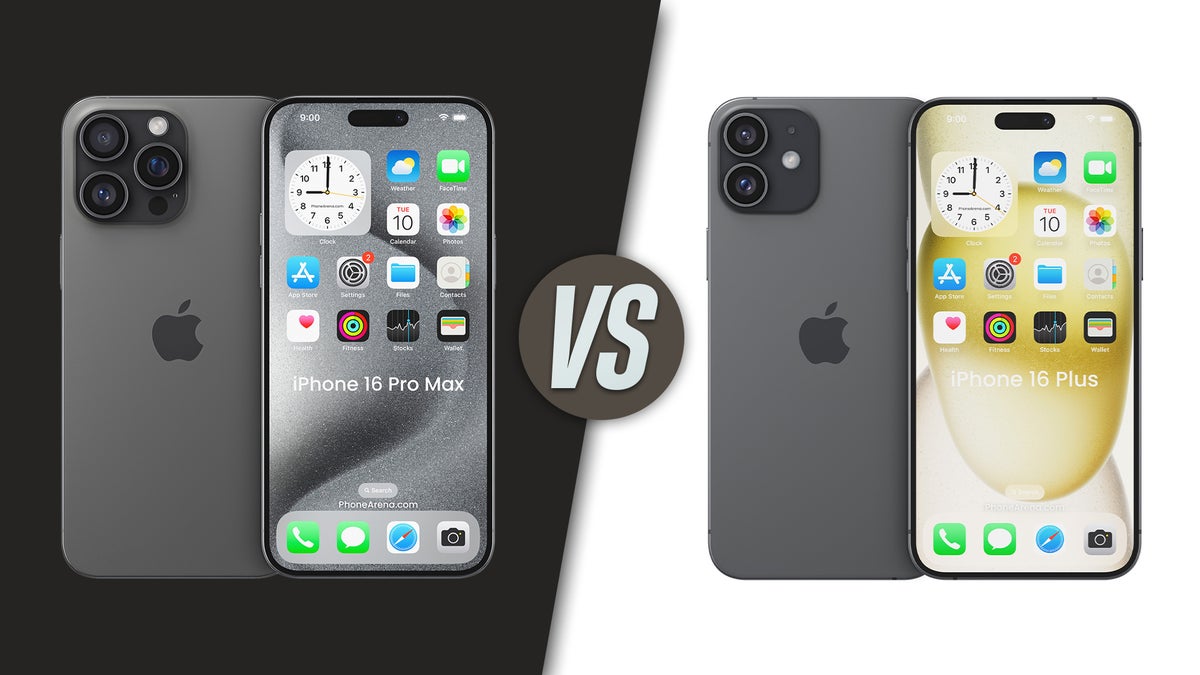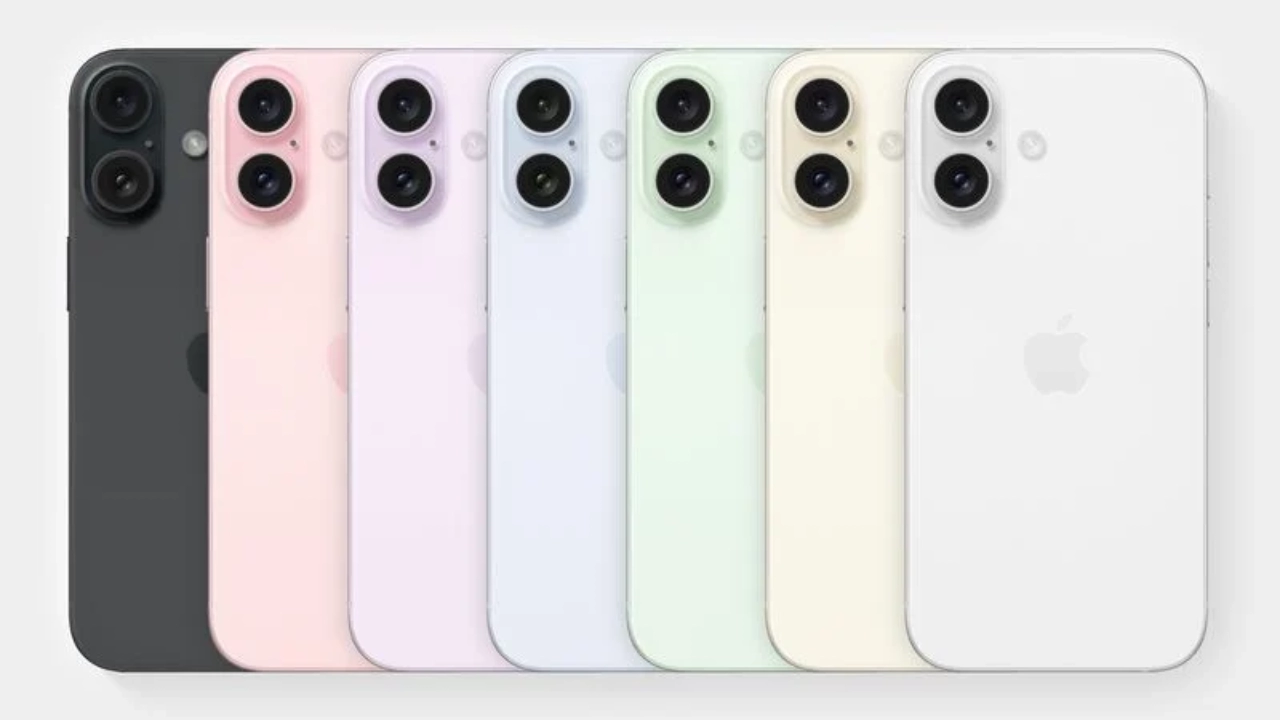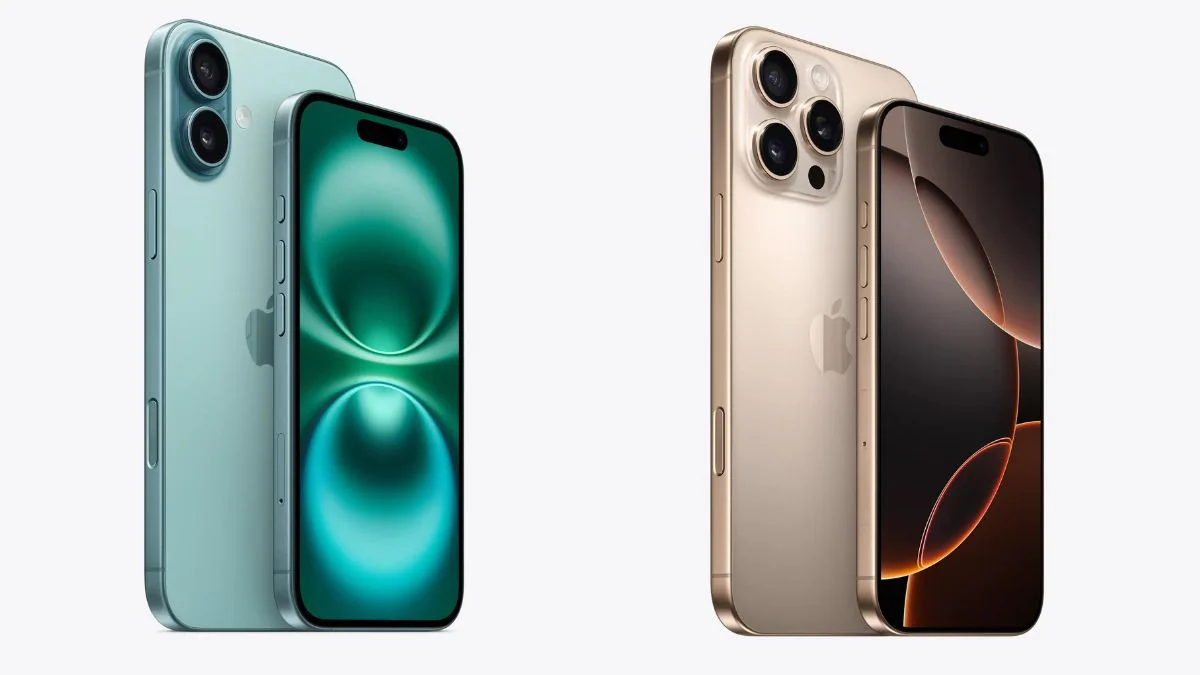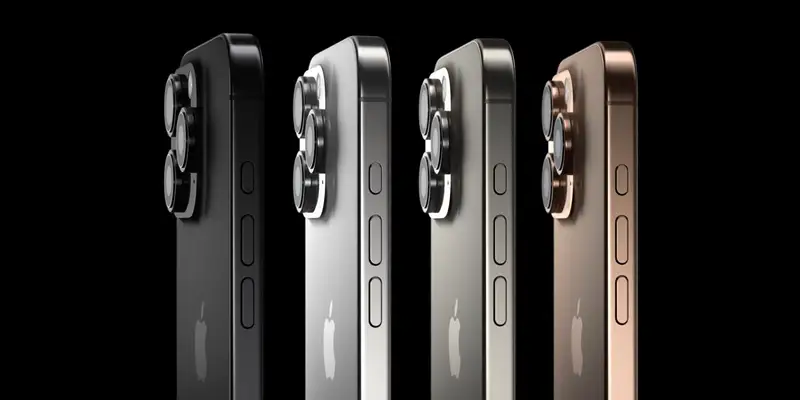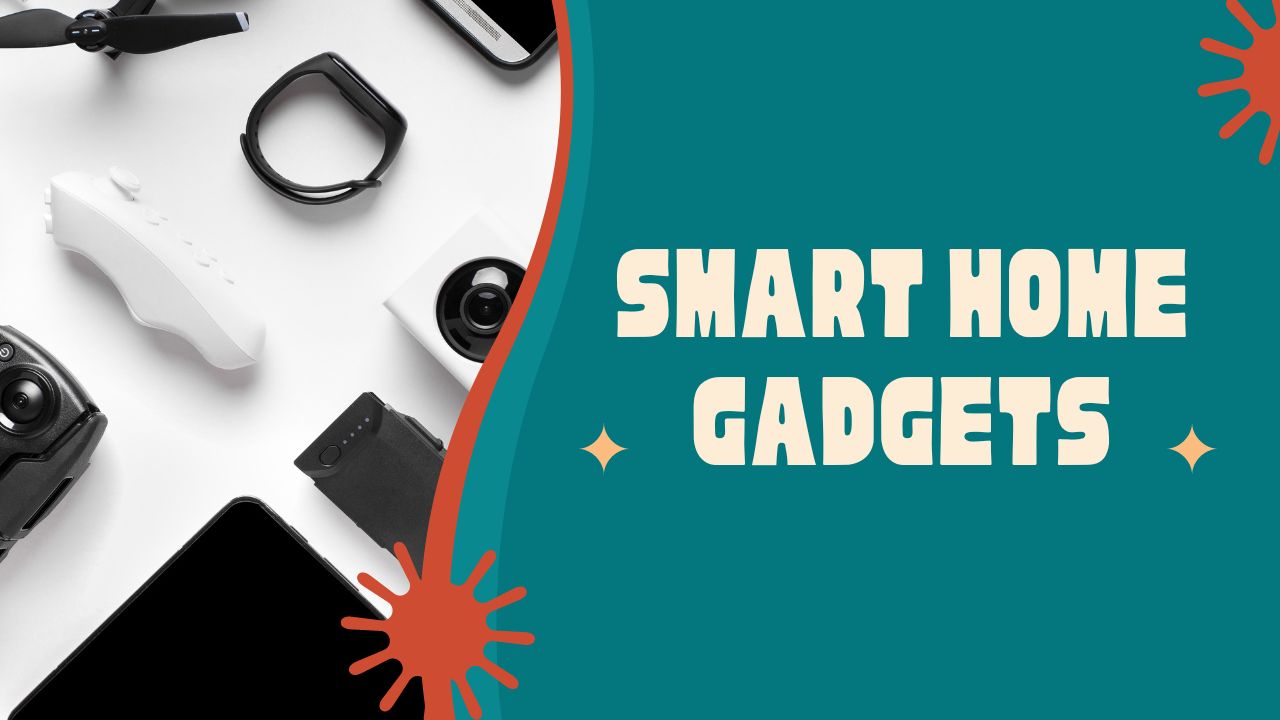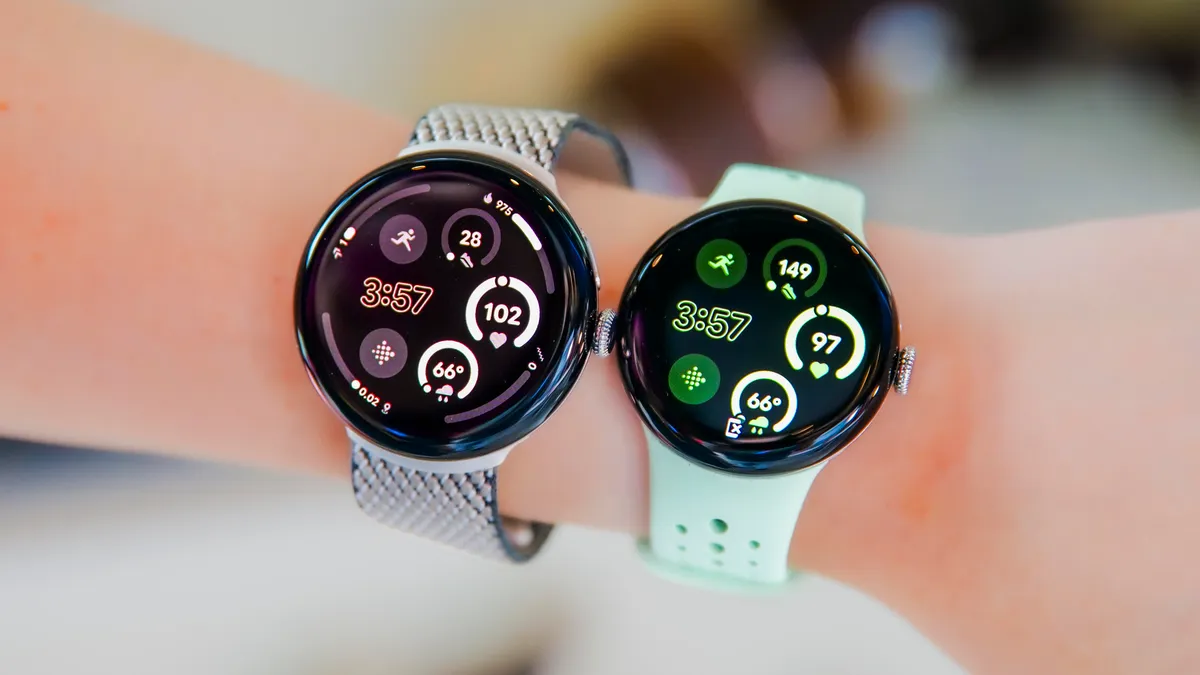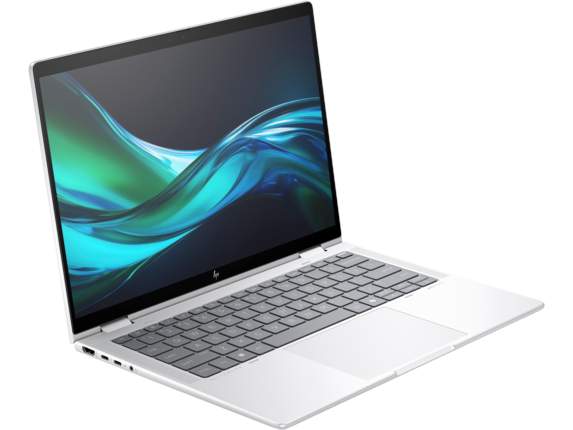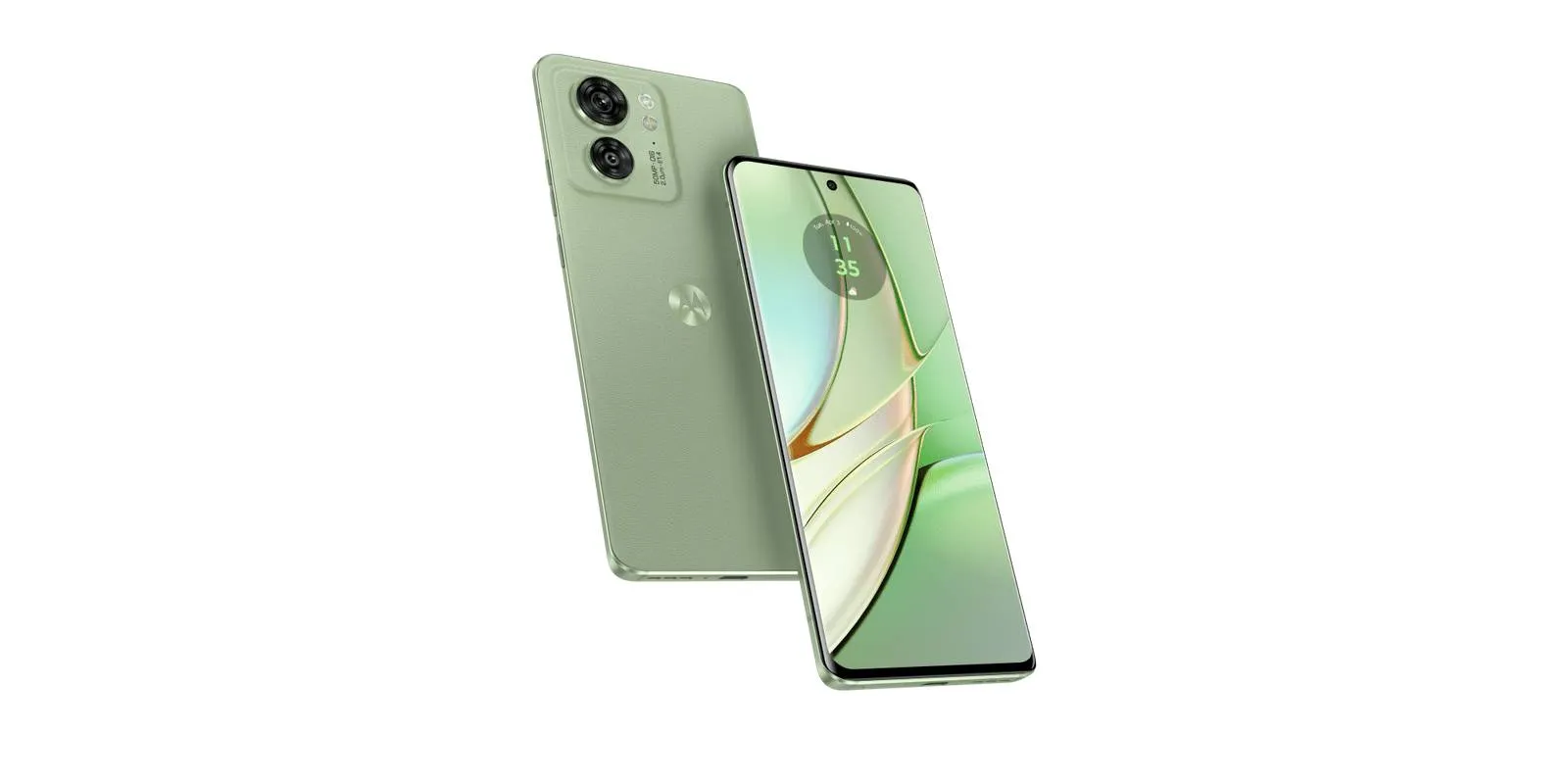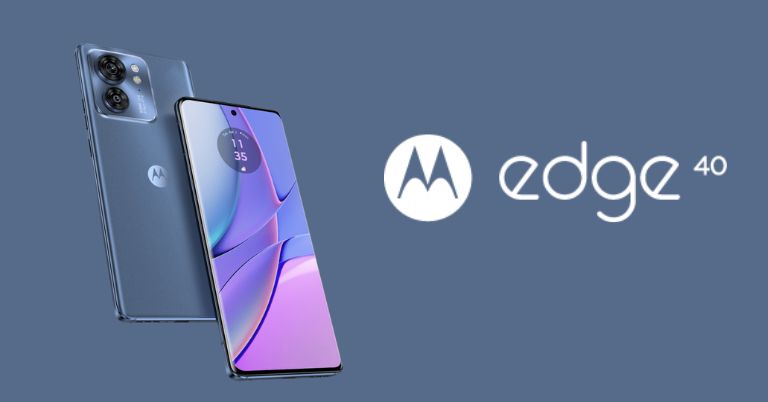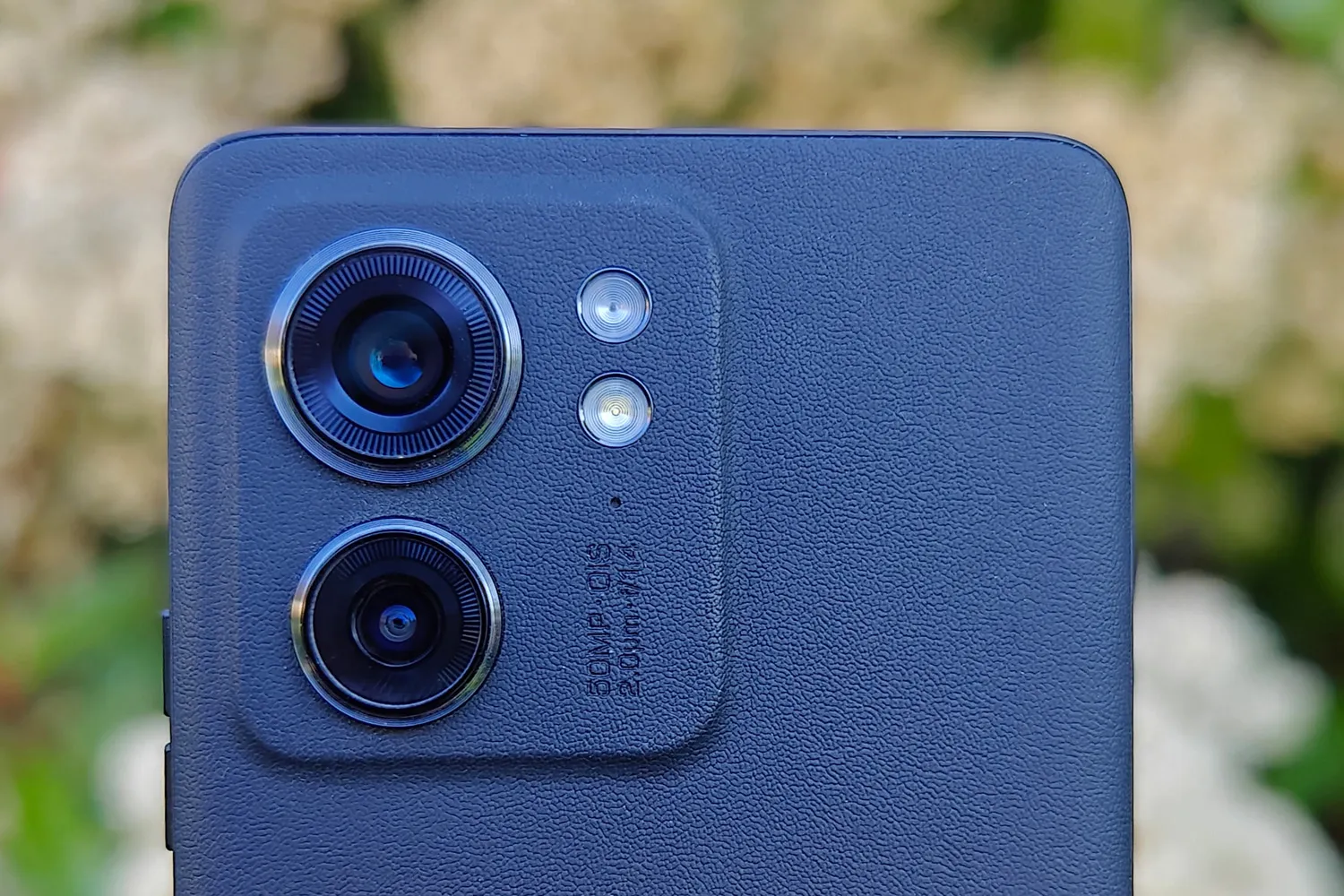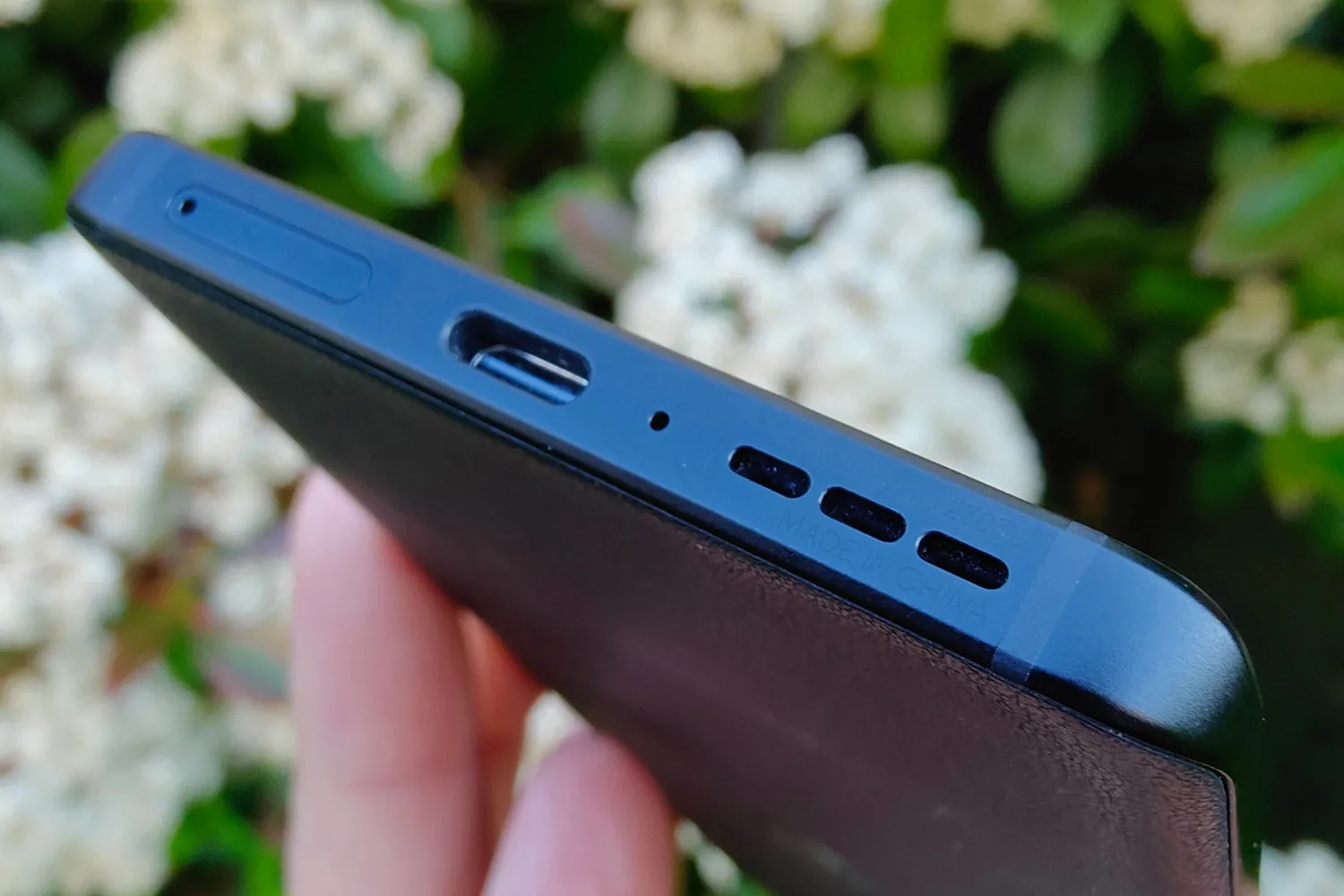In 2024, smart home gadgets are no longer just about having cool tech toys—they’ve become the backbone of modern living. These gadgets simplify your life, keep your home secure, and even help cut down on energy costs. Whether you’re a tech enthusiast or just someone who appreciates efficiency, there’s a lot to gain from upgrading your home. Let’s break it down: convenience, security, and a few surprises in between.
A Typical Day With Smart Home Gadgets
Picture this: You wake up in the morning, and instead of fumbling for the alarm clock, your bedroom lights gradually brighten. The blinds open just enough to let in that soft morning glow, and the coffee machine downstairs starts brewing your favorite blend. It’s like having a personal assistant who’s never late or grumpy. That’s the magic of smart gadgets—they turn everyday moments into smooth, automated experiences.
But it’s not just about feeling like royalty. Smart home devices help you take control of your day. With a simple voice command, you can adjust the thermostat, check the weather, or even start your car—without getting out of bed. Sure, it sounds like something out of a sci-fi movie, but in 2024, this is just Tuesday morning.
Related Post: Essential Gadgets for Remote Work in 2024
Let’s Talk Convenience with Smart Home Gadgets
Convenience is where smart home gadgets shine. Why do something yourself when you can automate it? That’s the basic idea. But it goes beyond just automating simple tasks; it’s about making your life more manageable. And who couldn’t use a little more ease in their day?
Smart Lighting
Take smart lighting, for example. You can set schedules for when your lights turn on or off, dim them based on the time of day, or change colors to fit your mood. Want your home to greet you with a warm glow after a long day at work? Done. It’s like living in a house that knows exactly what you need before you even ask. Plus, you’re saving energy by not leaving lights on all day. Efficiency with a side of ambiance.
Voice Assistants
Another winner? Voice assistants like Alexa and Google Assistant. These virtual helpers make multitasking a breeze. “Alexa, turn on the kitchen lights.” Done. “Hey Google, remind me to pick up groceries at 5 PM.” No problem. It’s like having a personal assistant that’s always on standby—and who doesn’t charge overtime.
Smart Home Routines: The Ultimate Life Hack
One of the coolest things about smart homes is the ability to set up routines. Imagine coming home from work, and as you step through the door, the lights turn on, the thermostat adjusts to your preferred temperature, and your favorite playlist starts. These routines can be triggered by time, location, or even just your voice.
Not into tech for tech’s sake? No problem. Even if you’re a little hesitant about automating your home, these routines can grow on you quickly. And trust me, once you’ve experienced the convenience of a fully-automated home, there’s no going back.
Security Boosts from Smart Home Gadgets
Convenience is great, but let’s not forget about security. In 2024, protecting your home is easier than ever, thanks to smart security systems. It’s not just about locks and cameras anymore. Today’s systems are smarter, more responsive, and way more effective.
Smart Locks
Take smart locks, for example. Lost your keys? No problem. You can lock and unlock your doors with your phone. You can even set up temporary access for guests or service workers. It’s like handing out digital keys, but without worrying about losing them.
Security Cameras
And then there are security cameras. These aren’t the grainy, unreliable cameras from a decade ago. Modern smart cameras give you real-time video feeds in HD, with motion detection and instant notifications. You can see who’s at the door, whether you’re home or on the other side of the world.
The Two-Way Doorbell Conversation
Let’s dive into one of the more clever features: the video doorbell. Someone at your front door? Get an alert on your phone, and you can speak to them through the built-in microphone, no matter where you are. It’s a fantastic tool, whether you’re at work, in the kitchen, or still in your pajamas and not quite ready for visitors.
Here’s a story. A friend of mine was on vacation when a delivery person showed up. Thanks to her smart doorbell, she was able to ask them to leave the package in a safer spot—no missed deliveries, and no stolen packages. It’s like being in two places at once.
Smart Sensors: Like Having Eyes in the Back of Your Head
We all worry about things like fire, leaks, or break-ins. But smart sensors are here to take a load off your mind. From water leak detectors to motion sensors, these gadgets can detect problems before they become disasters.
For example, if a sensor detects unusual movement in your living room while you’re out, it can trigger an alert, turn on the lights, and start recording video. It’s a quick, effective way to stop a problem before it escalates.
Smart smoke detectors are another game changer. These devices don’t just beep loudly and hope you’re around to hear it—they send alerts directly to your phone. It’s instant peace of mind, even when you’re not home.
Read More: Future of Virtual Reality in Entertainment
Saving Energy (and Money) with Smart Home Gadgets
It’s not just about convenience and security, though. Smart home gadgets can also help you save energy, which is good for both the planet and your wallet. With the cost of energy rising, this is more important than ever.
Smart Thermostats: Heat Only When You Need It
Smart thermostats learn your schedule and adjust the temperature automatically. Why heat or cool an empty house? You can set the temperature to drop when you leave for work and have it back to your ideal comfort level by the time you walk in the door. Some devices even adjust based on weather patterns, ensuring you use energy efficiently.
Take the Nest thermostat, for example. It tracks how you use your heating and cooling systems and sends you energy reports. Seeing exactly where you’re wasting energy can help you make changes that cut down on your bills. Plus, it’s great for the environment. Win-win.
Smart Plugs and Power Strips: A Simple Way to Save
Not ready to replace all your appliances with smart ones? That’s fine—smart plugs and power strips are an easy and affordable way to start saving energy. They let you control anything plugged into them with your phone or voice. Forgot to turn off the fan? No need to worry. Just switch it off remotely with a tap on your phone.
The best part? You can schedule devices to turn off when they’re not in use. It’s a small change, but over time, it adds up to significant savings.
Setting Up Your Smart Home: Where to Begin
If you’re new to the idea of smart home gadgets, getting started might seem overwhelming. But don’t worry—you don’t need to go all-in from the get-go. Start with a few key devices and build from there.
Choose Your Hub
Most smart homes run on a central system or hub that connects all your devices. You’ve got options like Amazon Alexa, Google Home, or Apple HomeKit. Choose one that fits your ecosystem and preferences. Once you’ve picked a hub, the rest falls into place.
Pick Your Priority
Not sure where to begin? Think about your needs. If security is your top concern, start with a smart lock or camera system. If convenience is what you’re after, a voice assistant and smart lights might be the way to go. The beauty of smart home systems is that you can add on as you go. There’s no pressure to transform your house all at once.
A Word on Privacy
With all these connected gadgets, privacy is naturally a concern. It’s important to use strong, unique passwords for each device. Many smart systems offer two-factor authentication, and it’s worth enabling that extra layer of security. After all, these devices are there to protect you—not expose you.
The Future of Smart Homes
Smart home gadgets aren’t just a passing trend—they’re here to stay. In fact, they’re getting better every year. 2024 has seen these devices become more intuitive, affordable, and effective than ever before.
The future promises even more advanced systems, with AI playing a larger role in learning your habits and automating tasks you didn’t even realize could be automated. From better integration with renewable energy sources to more sophisticated security features, the next few years are going to be exciting.
Final Thoughts
If you’re on the fence about smart home gadgets, 2024 is the year to give them a try. The convenience of automating daily tasks, the peace of mind that comes with enhanced security, and the savings on energy are too good to pass up. Whether you start small or dive right in, your home—and your life—will be better for it.
After all, who doesn’t want to come home to a house that practically runs itself?
